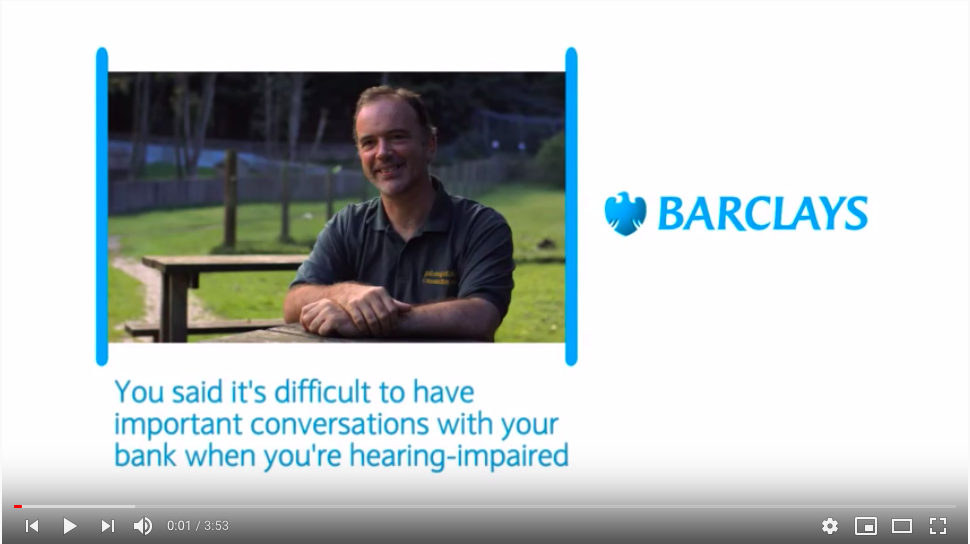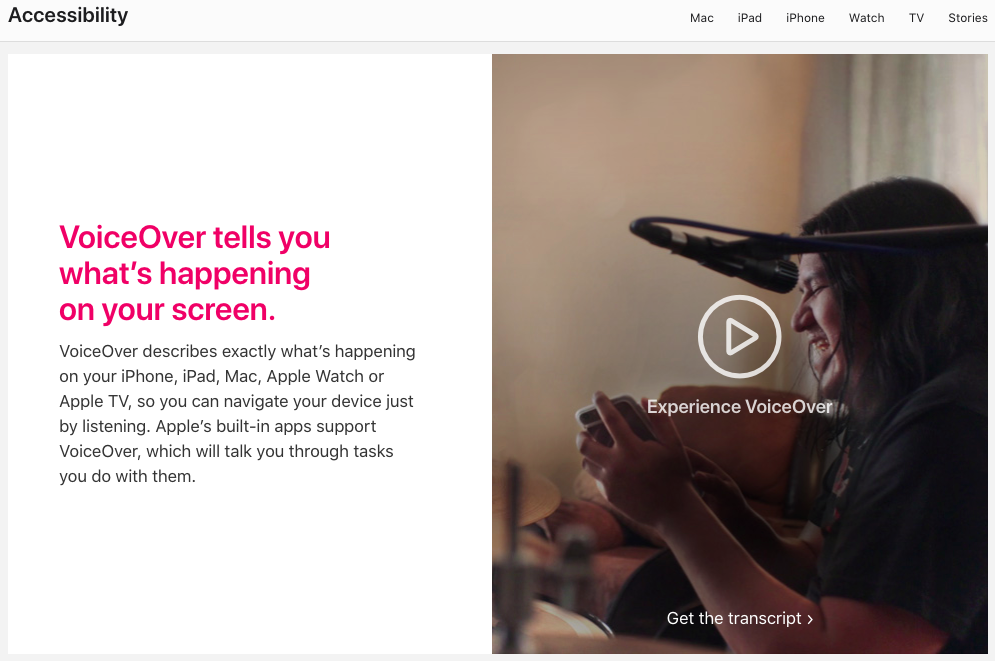The world is going digital! Or, is it?
More than half of the world’s population has access to the internet. Yet, the other half continues to remain unconnected primarily due to barriers such as socioeconomic status, geography, and disability.
Getting rid of this digital divide has been a challenge, especially in the case of people with disabilities who find it difficult to communicate and interact with digital content.
In fact, ADA (Americans with Disability Act) statistics reveal that 1 in 5 individuals who visit a website has some form of disability. Simply put, if you haven’t invested in web accessibility yet, 1 out of 5 visitors to your site is finding it tough to navigate it.
Would you ever visit a site that’s tough to navigate? Definitely not! Well, that’s what people with disabilities experience each day of their lives when accessing the web. If you don’t do something about it soon, they will leave!
So, what is web accessibility and how can it help?
By definition, web accessibility connects everyone, including those experiencing permanent, temporary, and conditional/ situational disabilities, to the web.
In other words, regardless of the restrictions they may face, web accessibility allows people to gain access to, navigate, and interact with the web. According to the International Telecommunication Union (ITU), nearly one billion people across the globe live with some form of disability, negatively impacting their quality of life.
If your business website isn’t accessible to this cohort, you are missing out on a significant portion of the world’s population who can make and influence decisions. What’s more? These users may switch to other brands that promote digital inclusion for all, even if they have to pay extra.
Long story short, not investing in web accessibility in the coming years can negatively impact your brand image and bottom line. Dive in to get a detailed understanding of why web accessibility should be your priority in 2020.
1. Converts Customers into Brand Advocates
Increased web accessibility makes it easier for your target audience to see your website and use it successfully. Thus, people can interact with and experience your brand, converting them into your brand advocates.
Thus, web accessibility is a long-term investment, not a cost. The cost of improving your web accessibility is negligible in comparison to the benefits. Hence, investing in web accessibility can only offer you a positive return on investment and improved cost-efficiency.
2. Enhances Brand Image
By investing in web accessibility you are showing your commitment to fostering an inclusive culture. This demonstrates your sense of Corporate Social Responsibility (CSR) and enhances your brand image.
Brands like Barclays and Microsoft have shown their commitment to building better digital experiences for all. For instance, Barclays has introduced innovative services like Talking Cash Machines and High Visibility Debit Cards that are highly beneficial customers with disabilities.
Source: Youtube Video
They also have a playlist on YouTube called Accessible Banking that offers valuable banking information to customers with disabilities.
3. Boosts Your Site’s SEO
Web accessibility can remarkably improve your SEO. Firstly, an accessible site complies with Google’s Accessibility guidelines for creating a better digital experience for everyone.
Moreover, making your website or app accessible to all means making it easy for the user to navigate your site. Easy navigation will boost your site’s UX (user experience), giving positive signals to the search engine bots.
4. Drives Innovation
Adopting web accessibility encourages the team to think in an innovative way and come up with cutting-edge solutions that can set you apart from your competition. For instance, your design team can come up with flexible and user-friendly solutions, allowing users to interact with your website or mobile application with ease.
Source: Apple
Apple has been seamlessly integrating accessibility into its product development. Since its inception, the tech giant introduced innovative features like VoiceOver that describes exactly what’s happening on the iPhone, iPad, Mac, or any other Apple product.
5. Improves Your Market Penetration
As mentioned earlier, nearly 15 percent of the world’s population (one billion people) suffers from some form of disability. Accessible design considerations benefit everyone from people with disabilities or seniors with limited abilities to those with a slow internet connection.
Update your business website to make it easily accessible to this population. This will improve your site’s usability and UX, thereby winning your loyal customers and improving your market reach.
The Way Forward
Making a business digitally accessible to people holds several benefits for organizations. Hence, investing in web accessibility should be your priority in the coming year.
Here are a few pointers to get you started.
- Begin with an accessibility audit of your website and mobile app.
- Check the Americans with Disabilities (ADA) compliance checklist for accessibility.
- Invest in AI-powered web accessibility technologies that offer a variety of solutions for dealing with significant problems such as physical or cognitive disabilities.
- Design a mobile-friendly website with audio transcriptions for visually impaired. Also, add a transcribed version of your videos and podcasts to make it easy for your deaf/hard-of-hearing visitors to access the content.
The information shared in this post will help you position your business as the most welcoming for individuals with disabilities.



